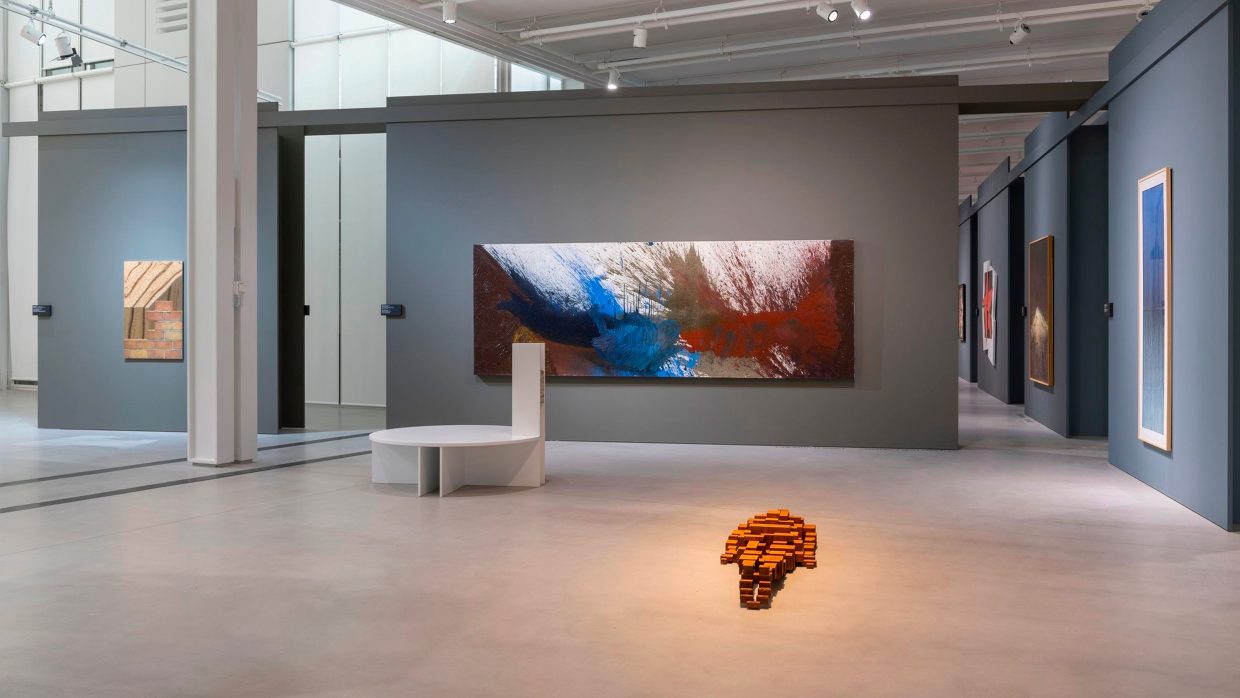Square and Space. From Malevich to GES-2
curated by Francesco Bonami and Zelfira Tregulova
An exhibition exploring the influence of Kazimir Malevich on the art of the twentieth century and the interaction of viewers with the work and the work with the viewer.
Unlike the Russian kvadrat, the English word “square” has two meanings—one geometric, the other urbanistic. With the invention of the QR code, the geometric square—the most celebrated version of which in art is undoubtedly Kazimir Malevich’s Black Square—has come to contain vast amounts of information (“infinite and eternal,” as Malevich said of his canvas, which, in fact, is far from black, and not, strictly speaking, a square). The urban square, on the other hand, has only become more emptied with the passing of time, due, in part, to the preference of our contemporaries for online communication, at home on their smartphones.
Square and Space unites these two meanings of the word “square,” inviting visitors to observe how the canvas that heralded the end of painting more than a hundred years ago came, paradoxically, to serve as a stimulus for further artistic discoveries. A stroll through the twelve sections of this exhibition provides an opportunity to see how colour and light, form and construction, representations of the city and of man in the art of the past and the present were transformed—directly or indirectly—by a single small black square on a white background, and how, in parallel, art was transformed from a quadrangle on a wall into an installation space that draws viewers in.
The exhibition features works by the most prominent artists of the twentieth century: Gerhard Richter’s metaphysical Candle (1982); Pablo Picasso’s cubist masterpiece, the Portrait of Ambroise Vollard (1910); Francis Bacon’s Study for a Portrait (1953), and a 1923 authorial reproduction of Black Square. Also on display are works by Erik Bulatov, Ilya and Emilia Kabakov, Wassily Kandinsky, Aleksandr Rodchenko, Andy Warhol, and other artists. All of them engage in dialogue with one another, and with the very space of the House of Culture. When conceiving the latter, the Italian architect Renzo Piano sought to answer the question posed by Malevich’s painting more than a century ago: whom and what place is art created for? Each exhibit in Square and Space proposes its own answer.



